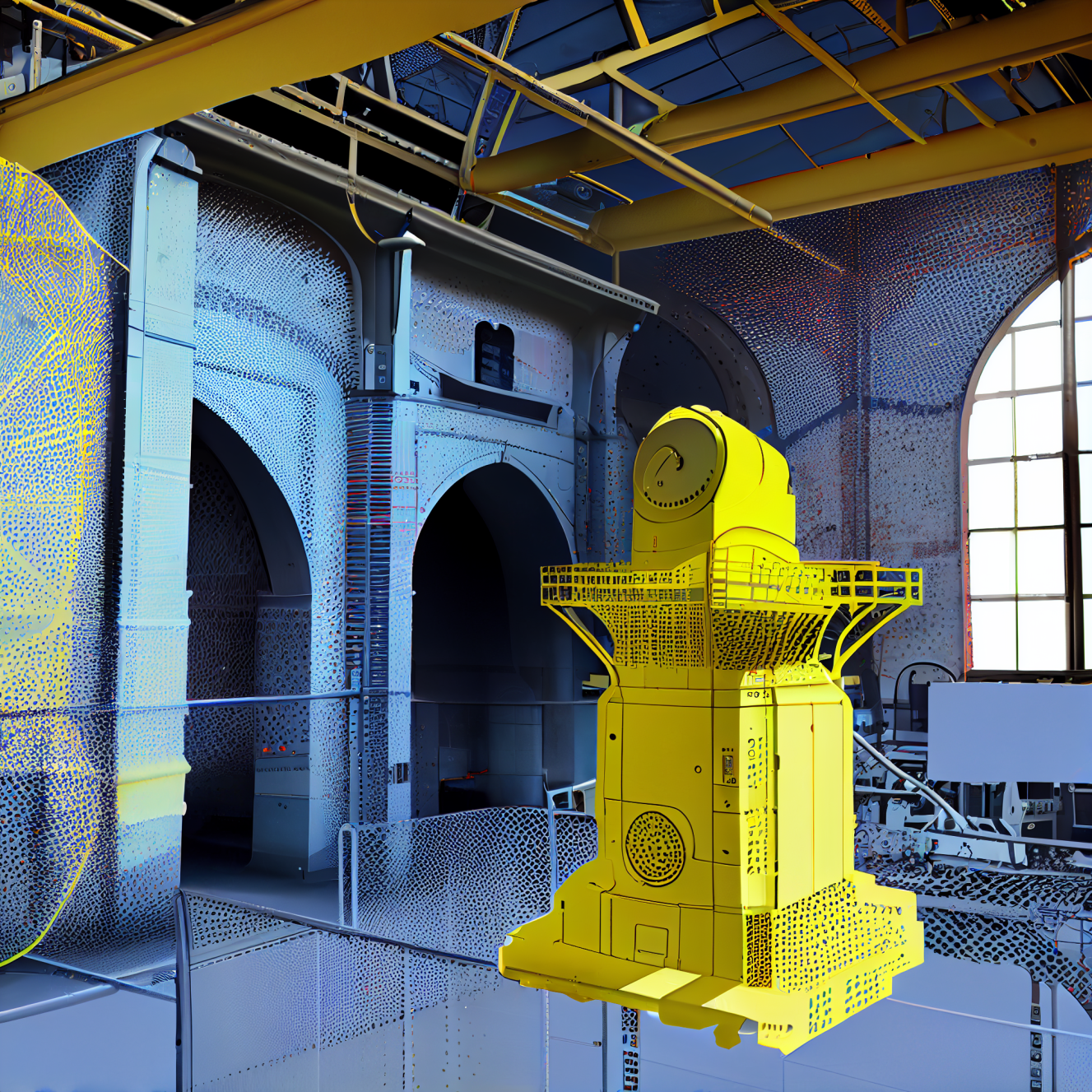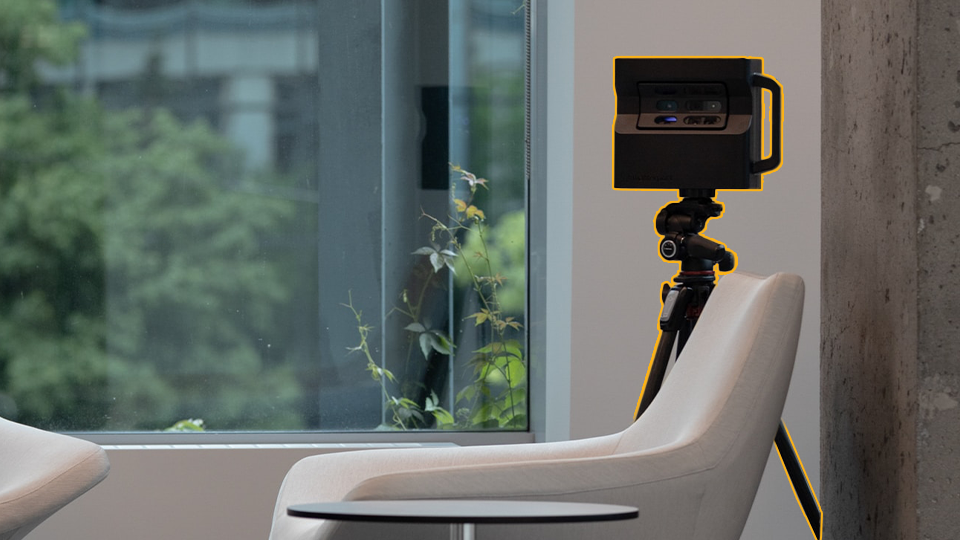
Robotic ImagingMay 24, 2023
The construction industry has been using 3D models to visualize the structure of a building or any other structure which is under construction. BIM technology has made it possible to digitize these models and provide an accurate three-dimensional representation of the object. This digitalization helps create more accessible project information, as compared to traditional hand drawings and manual measurements that take more time for completion.
1. Digitizing 3D Models
A 3D model is a digital representation of your project that you can view, interact with and analyze. 3D models allow for a more accurate analysis of the project. They help you visualize what the finished product will look like and make it easier to identify any potential issues before they become costly problems.This identification process is better known as clash detection.
In addition, 3D models are more accurate than 2D drawings because they capture all three dimensions of your building or landscape design—height, width and depth. With this information at hand, contractors can ensure that their designs meet safety regulations as well as local building codes before beginning construction on site.
2. Accurate Data Analysis
The best part about this technology is that it provides you with accurate data analysis. The use of LiDAR scan helps in collecting accurate data, analyzing it and then presenting it in 3D format that is easily understandable by everyone involved in the project. At Robotic Imaging, we translate the LiDAR scanning data into a format called a point cloud. These point clouds later serve as an underlay in any 3D BIM software of the user's choosing. Point clouds are incredibly accurate, as mentioned, and hand measuring / traditional methods just simply cannot keep up.
3. Faster Project Completion Time
BIM technology allows the project team to work in a collaborative way. This means that you can use these 3D models of your building or structure, which are created using scan-to-BIM technology, to communicate with your clients and other stakeholders. You'll be able to show them what the final product will look like before it's built, allowing for better communication between everyone involved in the construction process.
BIM technology also speeds up workflow by enabling data analysis earlier on in the project lifecycle than ever before possible before; this means there's less time spent waiting around while things are being finalized at later stages of development!
4. Accurate Measurements
When it comes to construction projects, the most important thing is to get the measurements right. If you don't have a proper measurement system in place, you will never be able to complete your project in time or finish it at all. The use of LiDAR technology helps eliminate human error and reduces measurement errors by more than 90%. It also gives accurate data analysis which can help improve productivity at every stage of your project.
BIM technology has been around for decades now but only recently has it gained popularity among contractors because of its many benefits over traditional methods such as hand measuring to manual drawing. You may wonder why anyone would want something that requires so much effort when there are easier ways available? Well, Scan-to-BIM technology offers several benefits over other methods.
5. Lower Construction Cost
A lower construction cost is one of the most obvious benefits of using LiDAR scanning technology. The process of taking measurements with a laser scanner instead of physically measuring the site allows you to save time and money, as well as eliminate errors that could occur during manual surveying. Furthermore, when you use these accurate 3D models to generate accurate construction drawings, there is no need for additional fieldwork after obtaining them. LiDAR enables you to get all the data in one scan, therefore eliminating the need for site visits.
6. Accessible Data to Everyone Involved
BIM has made it easier for everyone involved in a construction project to access the data. It allows everyone to have access to the same data and use it for accurate analysis, faster project completion time and lower construction cost. Everyone can open and navigate through the point cloud. Point clouds can also be used in a clash detection process.
Suggested reading: If you want to learn more about how clash detection works, check out this article.
7. Ability to Update Models at Any Point in Time
The ability to update models at any point in time is one of the biggest benefits of using LiDAR scanning as a method for creating a BIM model. The owner, architect or engineer can make updates at any stage of the project. This means that you will have access to a single source of truth for all information related to your construction project. It also allows for greater collaboration between all parties involved in the design process.
If you want someone else besides yourself to be able to make changes on your behalf, such as an architect or engineer who does not work directly with you but is helping out with one aspect of it (like redesigning a basement bathroom), then this feature is extremely useful because there are no restrictions on what kind of person should be able to do so. In fact, even third-party agencies could potentially use this feature if they're involved somehow! Repeat scans throughout multiple points of the building's lifecycle can also create a historic timeline. This creates an accurate documentation timeline you can reference throughout multiple stages.
8. Minimal Manual Interference
One of the benefits of using LiDAR Scan-to-BIM technology is that it allows for minimal manual interference. This means that there is less time spent on tedious tasks, such as measuring and drawing out plans manually. With this technology, you can get your drawings done faster and with more accuracy than ever before.
It's also a much more sustainable way of working because it doesn't require any paper or pens—so no waste!
9. Accurate Output of the Project Information in 3D Format
The use of BIM technology for the construction projects is very useful in many ways. It helps to analyze the project information in 3D format and generates accurate output. This can help you to complete your project faster with reduced cost of construction. Overall, this scan-to-BIM technology is used for accurate data analysis, faster project completion time and lower construction cost.
Undoubtedly, scan-to-BIM is one of the most important tools in the construction industry. With the help of scan-to-BIM technology you can easily track all your project information such as design details, progress reports etc. It will also help you to reduce time consumption and cost involved in your projects.
We hope that by now, you're convinced of the benefits of using LiDAR scan technology. It's not a question of whether or not you should use it; rather, it's about how quickly can you adopt this new technology into your workflow? The sooner you get started with BIM technology, the better off your company will be in terms of productivity and efficiency.

